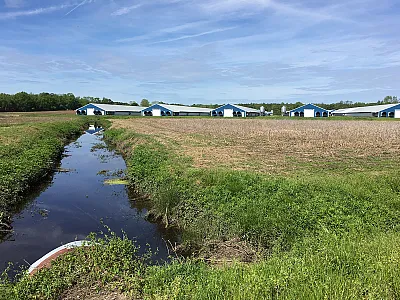Grazing land degradation on the rise

Pastures and rangelands (grazing lands) are vital for livestock production, providing feed and supporting rural economies in the United States. Changing climate patterns, including rising temperatures and variable precipitation, threaten the ability of these lands to maintain their productivity. Understanding how grazing land conditions have shifted over time is critical for managing this resource and preparing for future challenges.
Meteorologists from Northern Illinois University addressed the need for a spatiotemporal understanding of grazing land conditions across the conterminous U.S. during the May–October grazing season. Despite the importance of these lands, there has not been a long-term analysis of their condition trends on a national scale. Using data from the USDA National Agricultural Statistics Service from 1995 to 2022, the researchers revealed that the number of grazing lands providing adequate feed declined significantly. The southwestern U.S. consistently experienced the poorest conditions while eastern regions showed improvement. Nationally, poor and very poor condition coverage increased, particularly across rangelands in the western half of the country.
These findings highlight the growing challenges for grazing land management under changing climatic conditions. To maintain livestock production and grazing capacity, adaptive strategies are essential to mitigate the impacts of increasing drought and feed demand.
Dig deeper
Bundy, L. R., Gensini, V. A., & Ashley, W. S. (2025). United States pasture and rangeland conditions: 1995–2022. Agronomy Journal, 117, e21736. https://doi.org/10.1002/agj2.21736
Text © . The authors. CC BY-NC-ND 4.0. Except where otherwise noted, images are subject to copyright. Any reuse without express permission from the copyright owner is prohibited.







